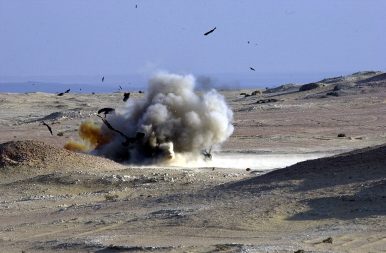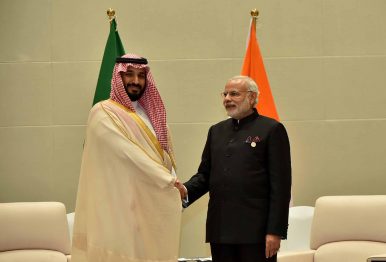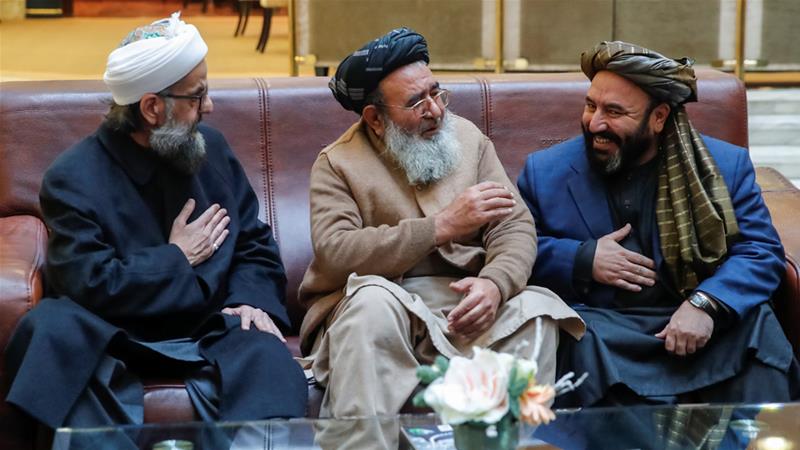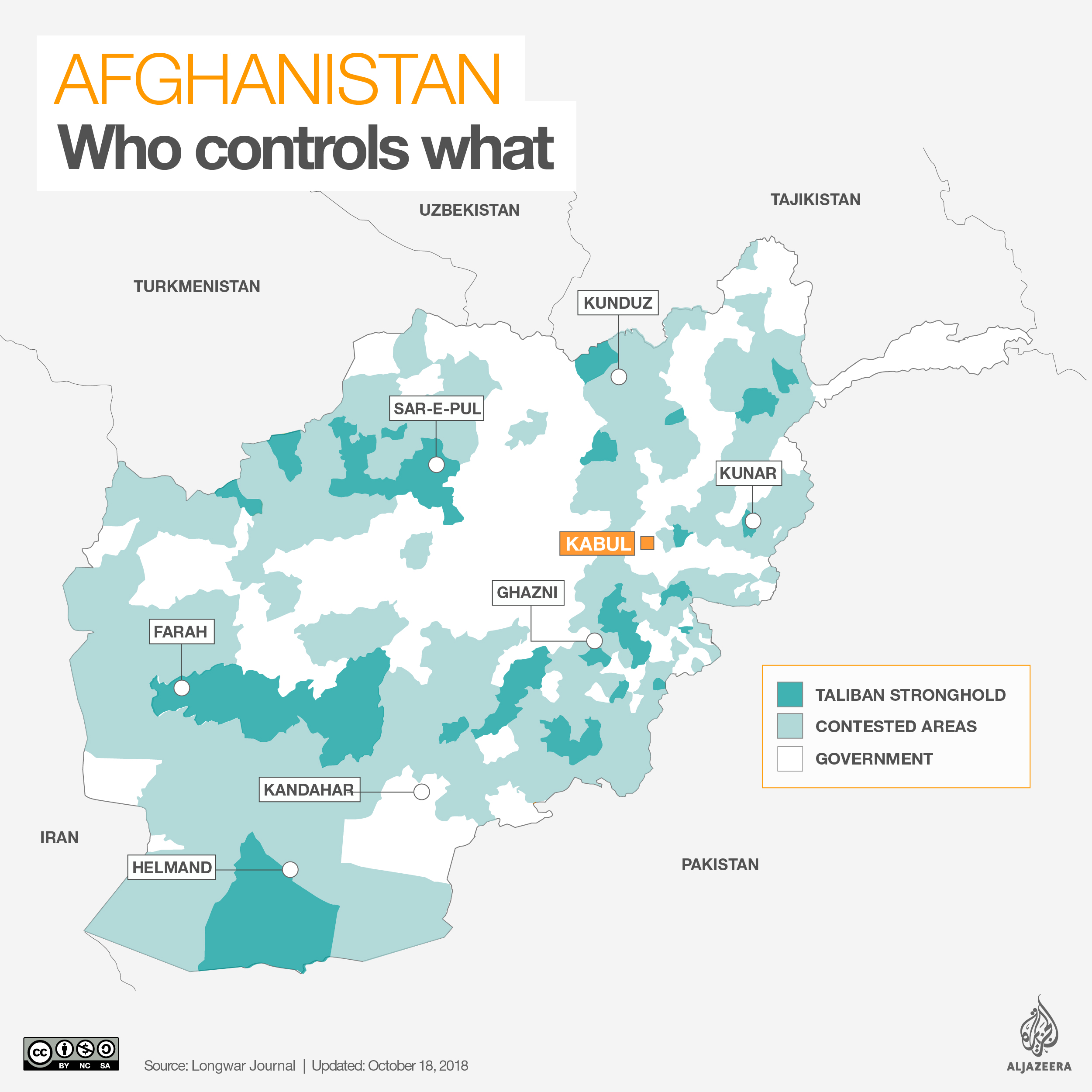 Geneva: India is among the several countries that stand to benefit from the ongoing trade tensions between the world's top two economies - the US and China, the UN has said in its latest report. The US and China are locked in a trade war since President Donald Trump imposed heavy tariffs on imported steel and aluminium items in March last year, a move that sparked fears of a global trade war.
Geneva: India is among the several countries that stand to benefit from the ongoing trade tensions between the world's top two economies - the US and China, the UN has said in its latest report. The US and China are locked in a trade war since President Donald Trump imposed heavy tariffs on imported steel and aluminium items in March last year, a move that sparked fears of a global trade war.
In response, China imposed tit-for-tat tariffs on billions of dollars worth of American imports.
The United Nations experts said Monday that the tit-for-tat trade dispute between China and the United States may do little to protect domestic producers in either country and could have "massive" implications on the global economy unless it is resolved.
Of the USD 250 billion in Chinese exports that are subject to US tariffs, only about six per cent will be picked up by firms in the US, according to a report by the UN Conference on Trade and Development (UNCTAD).














/arc-anglerfish-arc2-prod-mco.s3.amazonaws.com/public/JE4B4HYIQNAFDKAFRQ2QFZYLFE.jpg)



/arc-anglerfish-arc2-prod-mco.s3.amazonaws.com/public/IYKU5IZ7K5AZJDSVRXF2ND45GE.jpg)